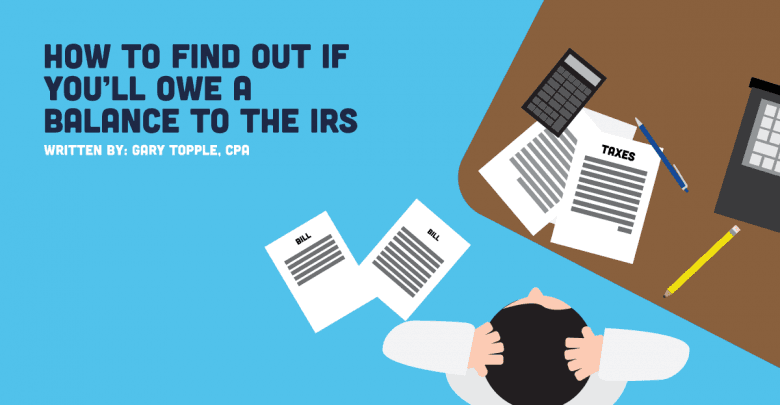In August 2018 The Associated Press reported that Congressional auditors had found 30 million people (approximately 21% of U.S. taxpayers) that will have a balance due to the IRS on their calendar year 2018 individual income tax returns. The reason for is that their employers will not withhold enough tax from their paychecks.
The culprit for this under-withholding of tax is not your employer, it’s the IRS. The IRS is responsible for updating the tax withholding tables annually. You may have noticed an increase in your take-home pay in early 2018. The IRS did adjust the withholding tax tables, and they say the new tables should produce accurate withholding tax for taxpayers with relatively simple tax situations. But if your tax situation is not simple, the withholding tax tables may not be accurate, and it does not take much to move your tax situation from simple to complex.
For example, being married and living in a two-earner household complicates your tax situation. Things can be further complicated depending on whether you use the standard deduction or you itemized your tax deductions. The taxpayers most at risk of not having enough withholding tax are those with high incomes, homeowners who live in high property tax states, and those with complex tax returns.
You can look at the online tax withholding calculator to determine the correct withholding amounts. If you find the withholding on your Form W-4 is not accurate, file an updated Form W-4 with your employer. A projection of your calendar year income tax liability by your tax preparer would also help determine whether or not you will have a balance due.
It's better to determine now if you'll owe taxes come April as it will give you a chance to plan, by either increasing your withholding or perhaps making estimated tax payments. Taking a closer look at your tax situation now is better than being surprised come April.
